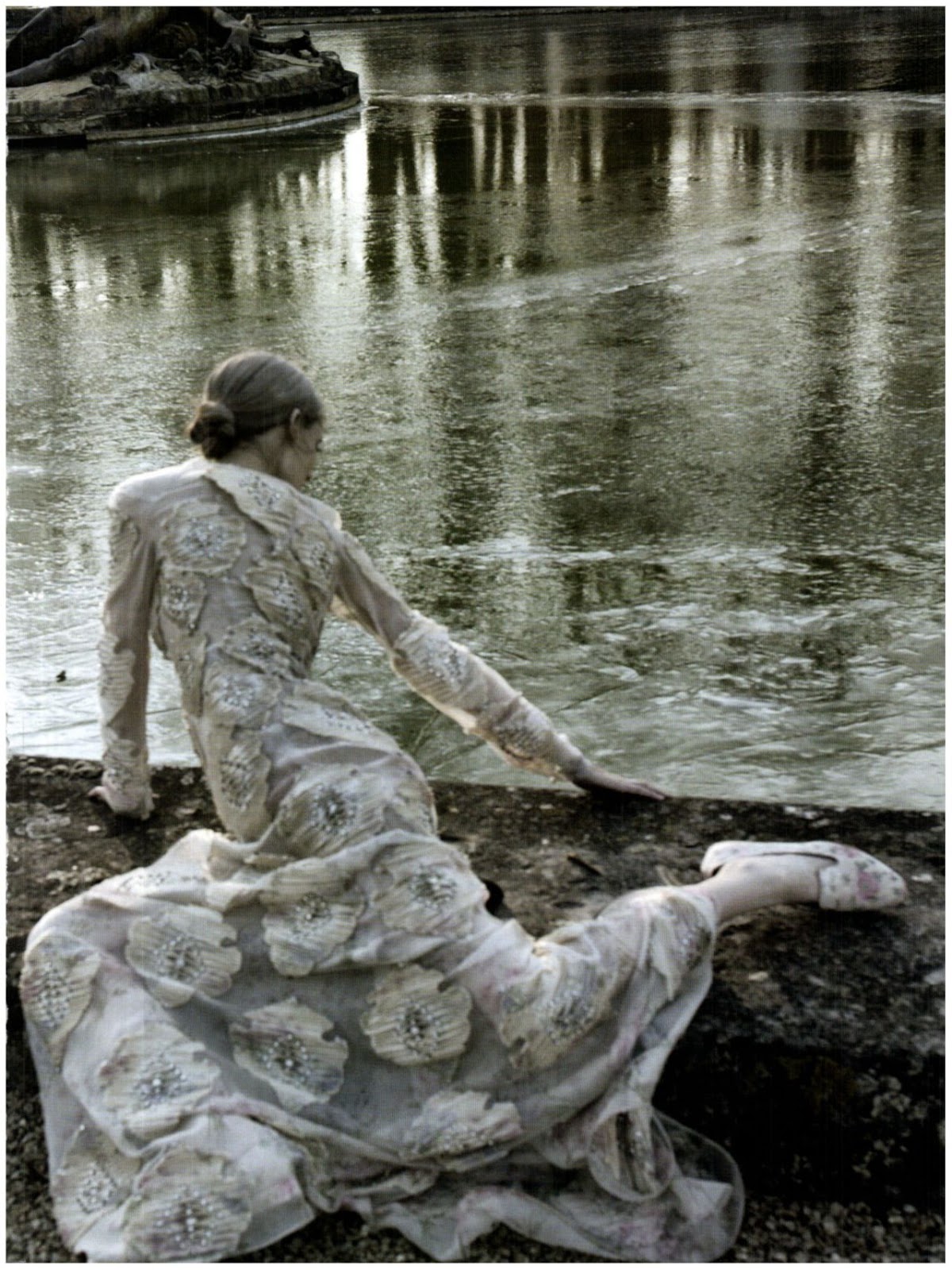

Some have accused her of introducing the new anorexic archetype, or heroin chic, but I doubt this was her intention, any more than Botero was promoting larger women. She seemed to portray a sense of this female concept of beauty, introducing a new self to aspire to. The 70’s were a time of changing gender roles, and her grainy depictions with little interaction between models. Photo Icon Deborah Turbeville and the 70’s You can say she violates the true credo of most photographers, freeing herself of the bounds of ‘photographic documentation’. She scrapes, twists and erases every image, contradicting the technical perfection most photographers seek. This alteration is what make Deborah Turbeville an artist much more than a sheer photographer.

She will almost “destroy” an image, making it a one of a kind. She reworks her shots by scraping or taping them with the help of her assistant and collaborator, Sharon Schuster. (as most photographers,…especially male). Her method of work just reinforces her calling as an artist,…not a technician. Her summers were spent on the coasts of Maine, and almost like Winslow Homer, seemed to absorb the dark energy of this isolated and sinister scenery, employing these memories through a soft filter in much of her adult work. Probably a great source of her inspiration throughout her life. She went to school around Boston Bay, and actually enjoyed the fog, snow and cobblestone streets. If they attended the opera, she attended the opera. Probably the source of that dark and mysterious attribute in her work. Deborah herself had very little interaction with other children, and grew up in a world of adults. She was born into a well to do family in New England that preferred their extreme privacy. But her commercial influence extended to ads for Bloomingdale’s, Bruno Magli, Nike, Ralph Lauren and Macy’s. Her photos were actually considered more art than fashion. However, her dreamy images were a new direction for fashion at the time. Along with Helmut Newton and Guy Bourdin, she essentially changed fashion photography as it was known. (in her mind) She, along with Sarah Moon, brought a darker, dreamy mood to photography in the 70’s.

All she knew was she didn’t want to change a medium format back! A NaturalĮditor at Harper’s Bazaar, but had a vision that the photographers at the time weren’t living up to. She knew they were Nikons, (even an EM!), but little else. Her first camera was a Pentax K1000, and she always used the simplest of 35mm cameras throughout her career. Was born Jand was maybe the most stylistic American photographer of our time.


 0 kommentar(er)
0 kommentar(er)
